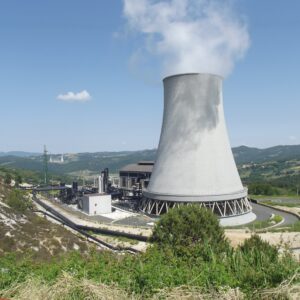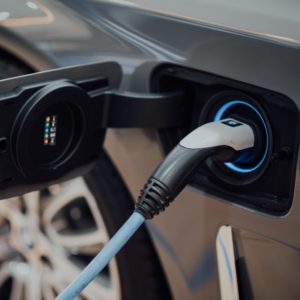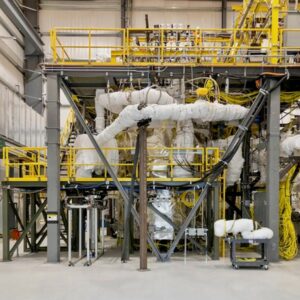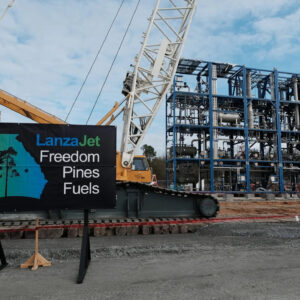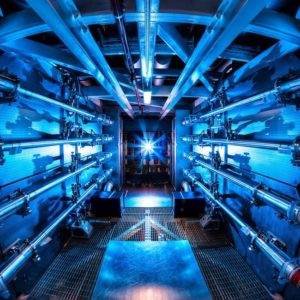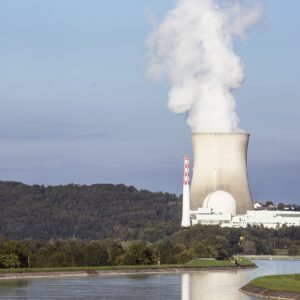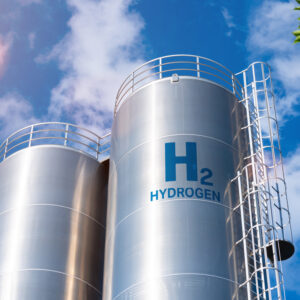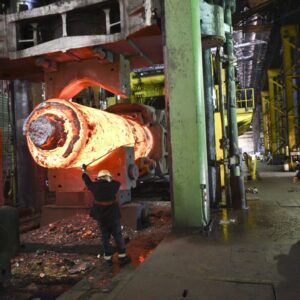"The companies will initially focus on proving out the demand aggregation and procurement model through advanced technology pilot projects in the United States. The companies will pilot a project delivery framework focused on three enabling levers for early commercial projects: signing offtake agreements for technologies that are still early on the cost curve, bringing a clear customer voice to policymakers and other stakeholders on broader long-term ecosystem improvements, and developing new enabling tariff structures in partnership with energy providers and utilities."
Tech Giants Are Looking to Power the Cloud with Nuclear Energy
Recognizing the need for reliable power to meet demand and clean energy to meet carbon reduction goals, companies are turning to nuclear power.
A Startup’s Technology Can Help Solve Lithium-Ion Batteries’ Fire Problem
"San Jose, California-based Anthro’s differentiator is that its electrolyte is a drop-in technology that wouldn’t require battery manufacturers to make any changes to their process, according to Mackanic. Despite these advantages, the startup’s current electrolyte production costs are about twice that of producing conventional liquid electrolytes, due in part to the cost of its materials. He expects to be able to get that down to a 10% to 20% premium at commercial scale."
DOE, Kairos Unveil Milestone-Based Funding Agreement for Advanced Nuclear Demonstration Project
"In December 2023, notably, the company secured a construction permit from the Nuclear Regulatory Commission (NRC) to build the non-power demonstration reactor in Tennessee. The approval marks the NRC’s first green light for the construction of a non-water-cooled reactor in more than 50 years. Kairos, however, must first secure a separate NRC operating license before it can begin operating the Hermes demonstration to comply with the regulatory body’s two-step, 10 CFR Part 50 licensing process."
The U.S. is Now Home to the World’s Largest SAF Facility
LanzaJet will make 10 million gallons of sustainable jet fuel annually.
Scientists say they can use AI to solve a key problem in the quest for near-limitless clean energy
"Fusion energy is the process that powers the sun and other stars, and experts have been trying for decades to master it on Earth. It is achieved when two atoms that usually repel are forced to fuse together. It’s the opposite of nuclear fission — the type widely used today — which relies on splitting atoms."
Global Nuclear Fuel gets approval for fuel enriched up to 8 percent U-235
"With the NRC’s approval of GNF’s fuel fabrication license amendment, the company’s manufacturing facility in Wilmington, N.C., becomes the first commercial facility in the United States to hold a license to fabricate fuel containing up to 8 percent U-235, according to GE Vernova. The NRC has issued a certificate of compliance allowing GNF to ship fuel bundles using the company’s RAJ-II shipping container. The agency has also approved licensing topical reports for advanced nuclear methods that will permit GNF to analyze fuel with enrichments above the 5 percent U-235 limit for conventional low-enriched uranium (LEU) fuel."
Bill Gates-Backed Clean Fuel Startup Raises $246 Million To Aid Plans To Drill For Hydrogen
"Hydrogen’s flexibility as an energy source — it can be used to cut carbon emissions, power vehicles and store or make electricity — makes it highly compelling. Currently, most industrial hydrogen is made by splitting it from natural gas with steam, a process that emits carbon dioxide. A new industry for carbon-free 'green' hydrogen, using electrolysis to extract the element from water with electricity, is promising but a more costly option. Geologic hydrogen’s advocates think it will prove to be the cheapest form, given the ability to leverage long-established energy-drilling techniques."
Welding method drastically cuts time to make mini nuclear reactors
"The technique is already being used in the automotive and aerospace industries to produce smaller, relatively low-value components. Forgemasters is the first to use the welding technology to build a full-scale SMR pressure vessel, which weighs about 57 tonnes, has a diameter of three metres and walls with a thickness of 200 millimetres."
The U.S. Continues to Invest in Carbon Capture
Private-public partnerships have the potential to transition carbon capture from a relatively nascent technology with promise, to an impactful, market-ready climate solution.
Copyright © 2020 Conservative Coalition for Climate Solutions

